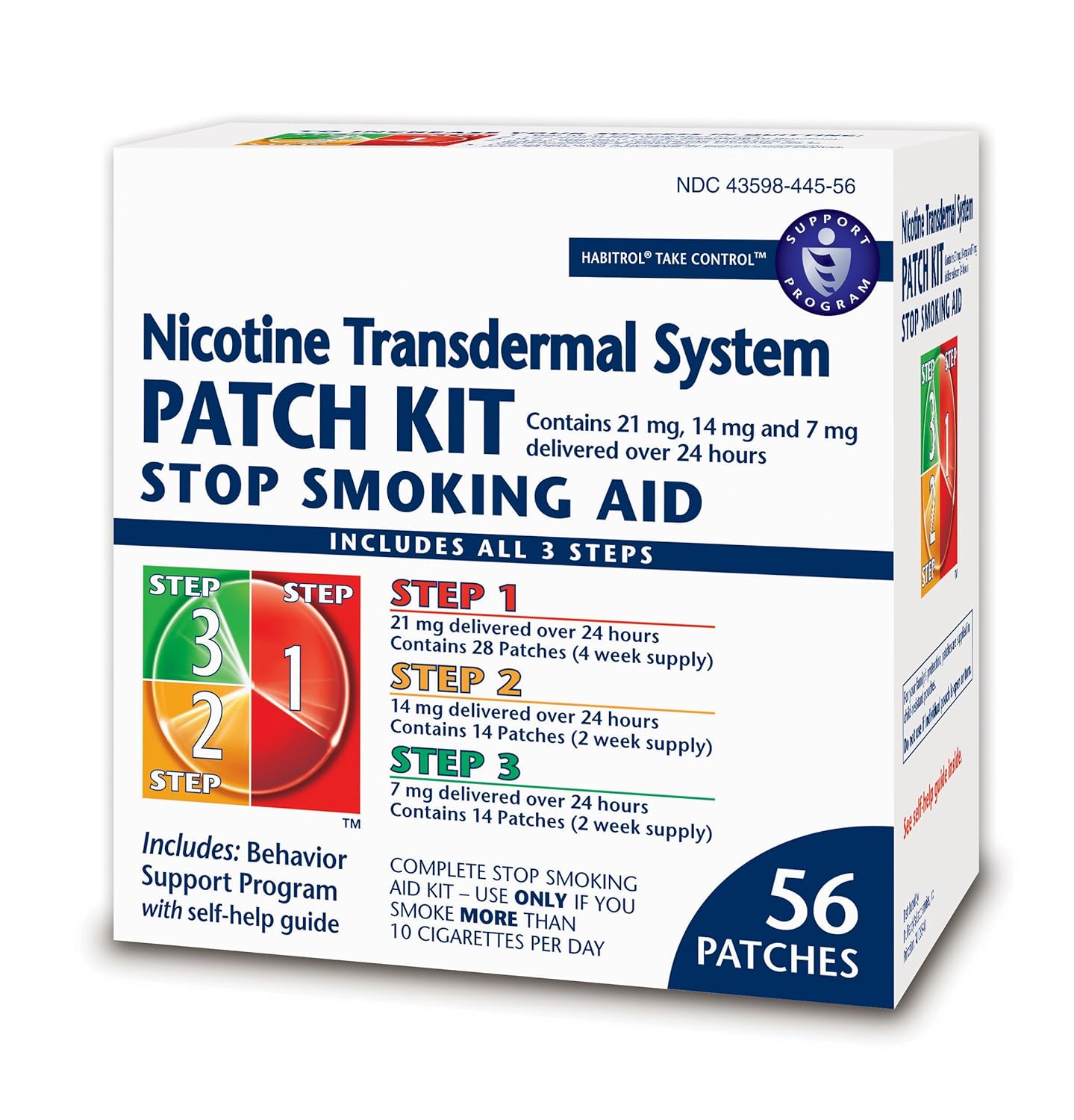Nicotine Transdermal Patch Doses
Posted : adminOn 6/5/2018• • 129 Downloads • Abstract Transdermal nicotine has been shown to relieve nicotine withdrawal and to double smoking cessation rates compared to placebo in clinical trials. A 21 or 22 mg/day dose provides a steady state serum nicotine that is less than obtained from smoking. Limited information is available about higher nicotine patch doses. To define better the optimal dosing of nicotine patch therapy, we undertook an open-label study to determine the safety and tolerability of 44 mg/day dose for smoking cessation in subjects smoking ≥ 20 cigarettes per day.
Forty smokers received 44 mg/day of transdermal nicotine for 4 weeks followed by 4 weeks of 22 mg/day. Of the 40 subjects enrolled, 38 (95%) completed the 4 weeks of 44 mg patch therapy and 36 (90%) completed the entire 8 weeks of patch therapy. Non-smokers at week 4 had a mean serum nicotine level of 23.4±11.7 ng/ml and cotinine of 152.2±87.3 ng/ml. Jorge Perez Y Su Organo Melodico.
A 21 mg dose patch applied to the left arm. A nicotine patch is a transdermal patch that releases nicotine into the body through the skin.

Percent replacement was calculated by dividing the steady state level at week 4 by the baseline level while the subjects were smoking their usual number of cigarettes. Percent nicotine replacement for non-smokers at week 4 (while on 44 mg nicotine patch) averaged 158%±108.4, and for cotinine was 112.0±73.8. Capponi Psicopatologia Semiologia Psiquiatrica Pdf. For nicotine, 33% of non-smokers at week 4 had ≤ 100% nicotine replacement and for cotinine 63% ≤ 100% replacement.
Biochemically confirmed point prevalence smoking cessation rates were 65% and 55% at weeks 4 and 8 of patch therapy, respectively, and self-reported smoking cessation at 3 months was 50%. The most common effect was skin irritation at the patch site. A single subject was admitted for myocardial infarction following step-down from 44 to 22 mg of replacement nicotine. The subject was not smoking and the adverse event was deemed to be not related to the patch therapy. Install Nikto On Windows 7.
Sleep complaints were reported in 33% of subjects during the 44 mg phase. Other complaints were infrequent. We conclude that 44 mg per 24-h nicotine patch therapy in heavy smokers is safe, tolerable, and without significant adverse events.
Contents • • • • • Medical uses [ ] Dozens of clinical trials have shown that the patch approximately doubles success rates over placebo treatment. Placebo tests show a 5.9% success rate, in comparison to the 7.2% blind active tests, and the 10.8% open tests. History [ ] The first study of the pharmacokinetics of a transdermal nicotine patch in humans was published in 1984 by,, M.D., Ph.D. Daniel Rose, and was followed by publication by Rose et al. (1985) of results of a study of smokers showing that a transdermal nicotine patch reduced craving for cigarettes. Frank Etscorn Ph.D. Filed a patent in the on January the 23rd 1985 and was issued the patent on July 1, 1986.